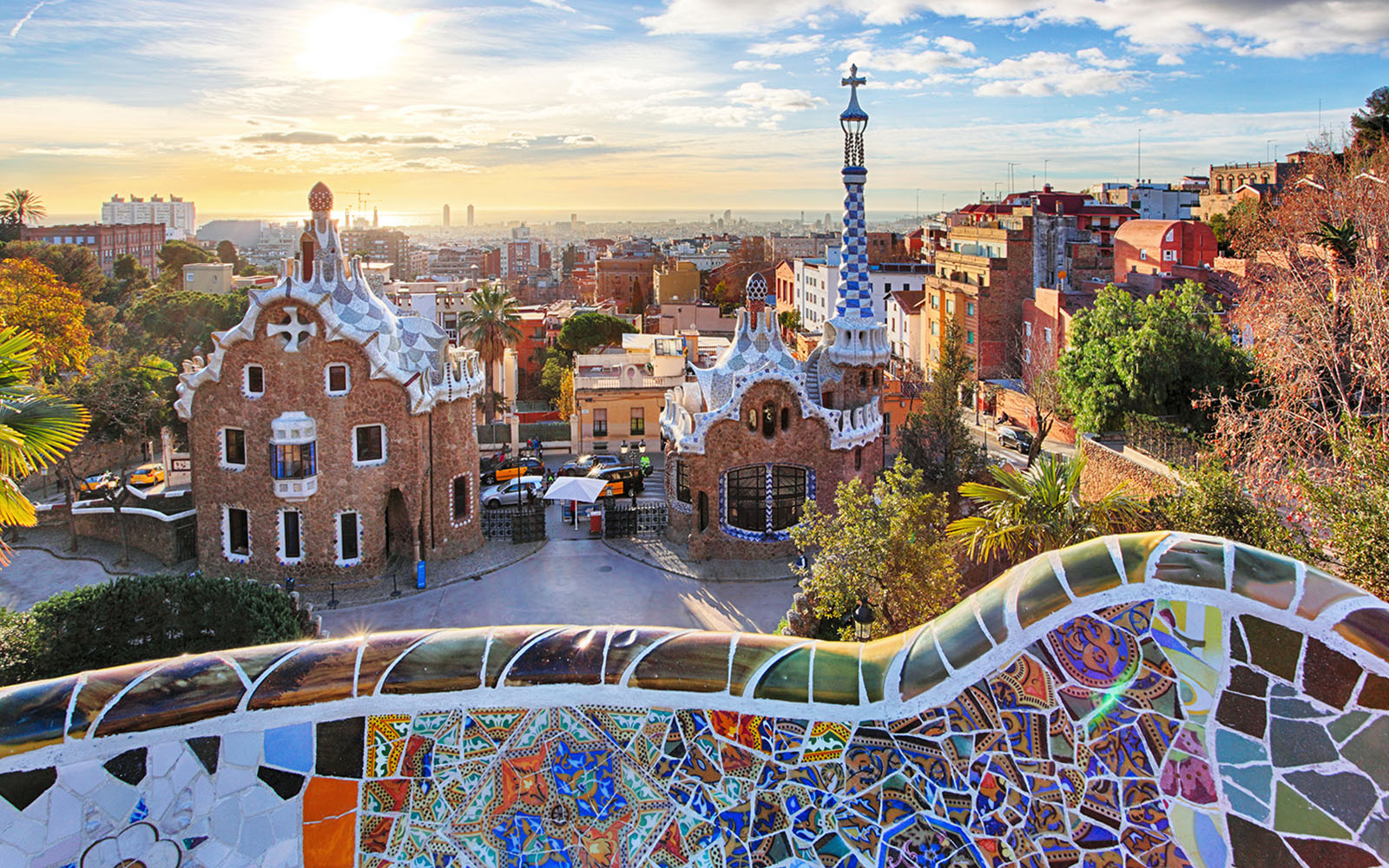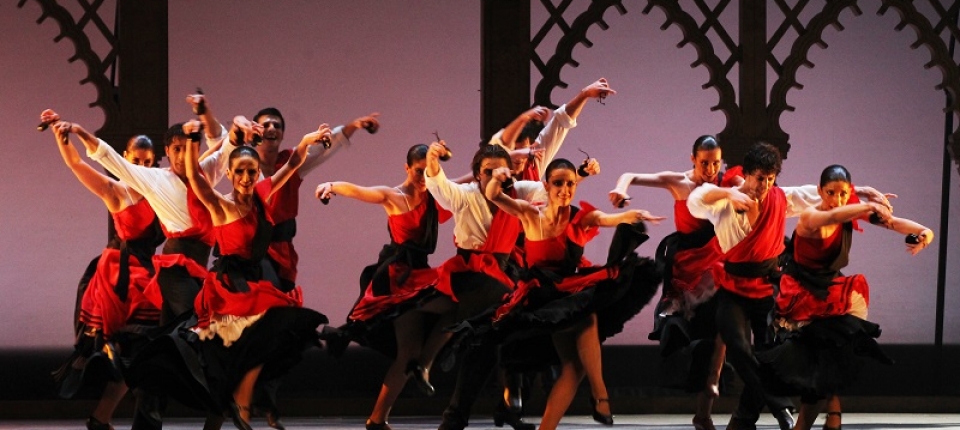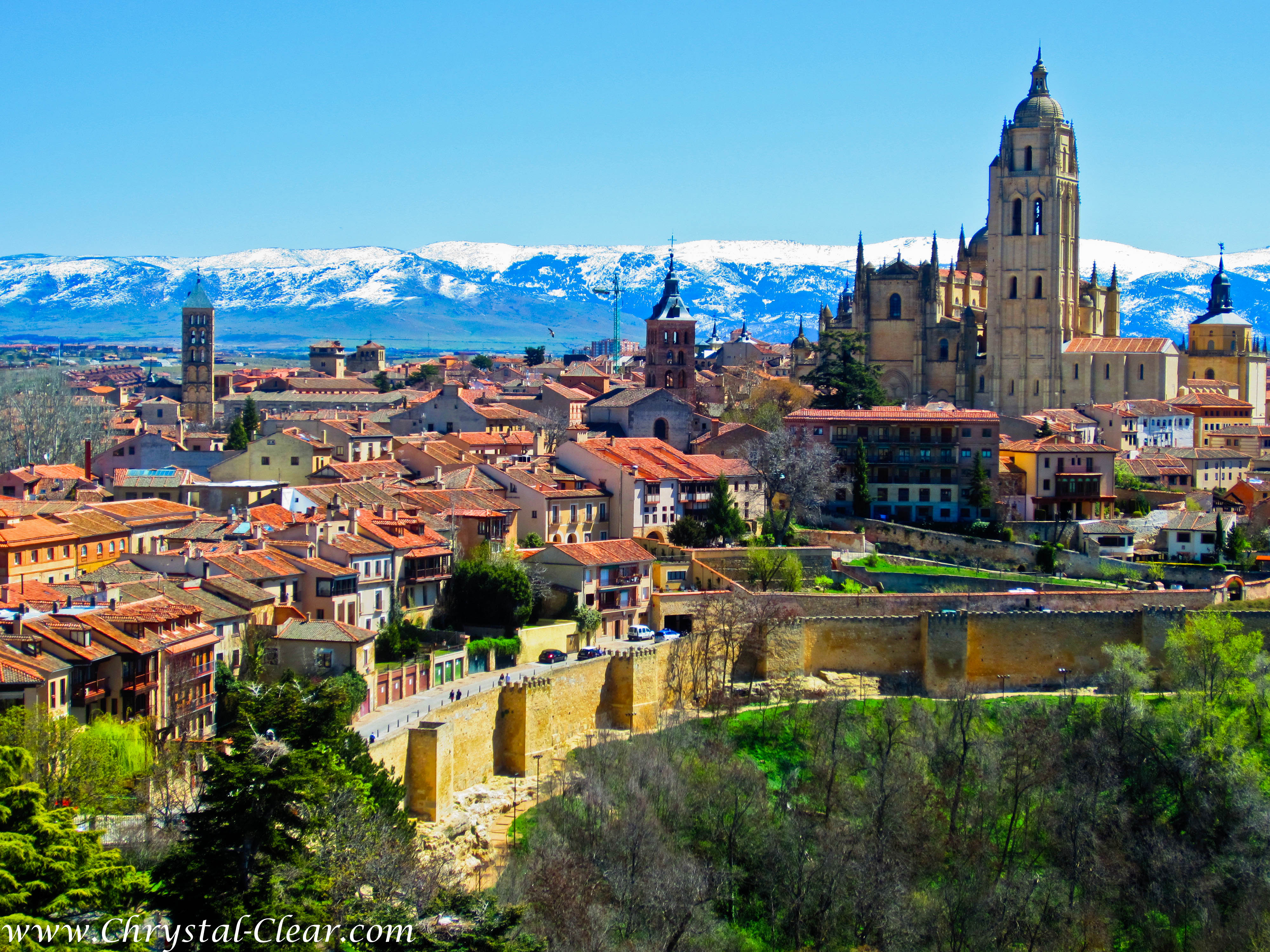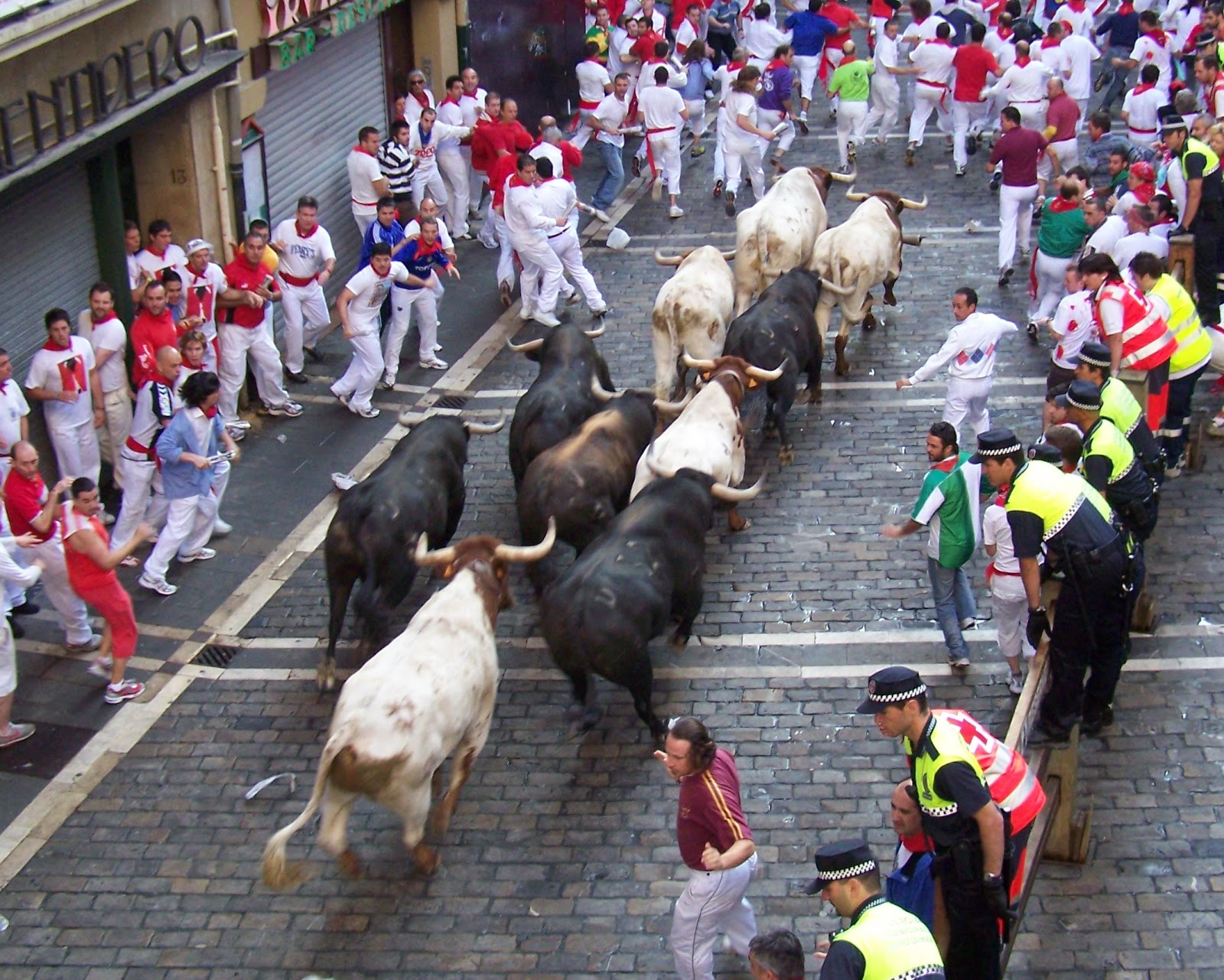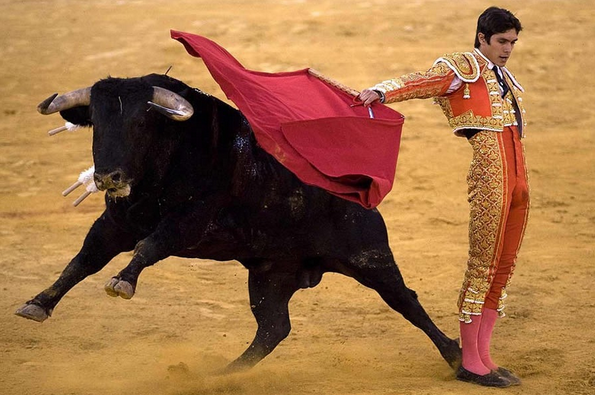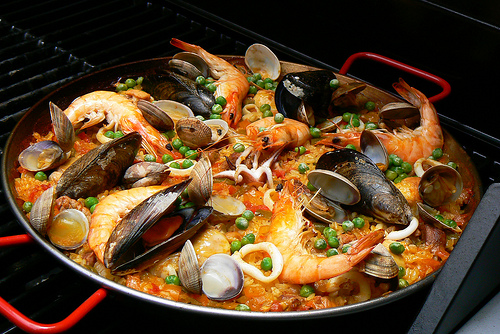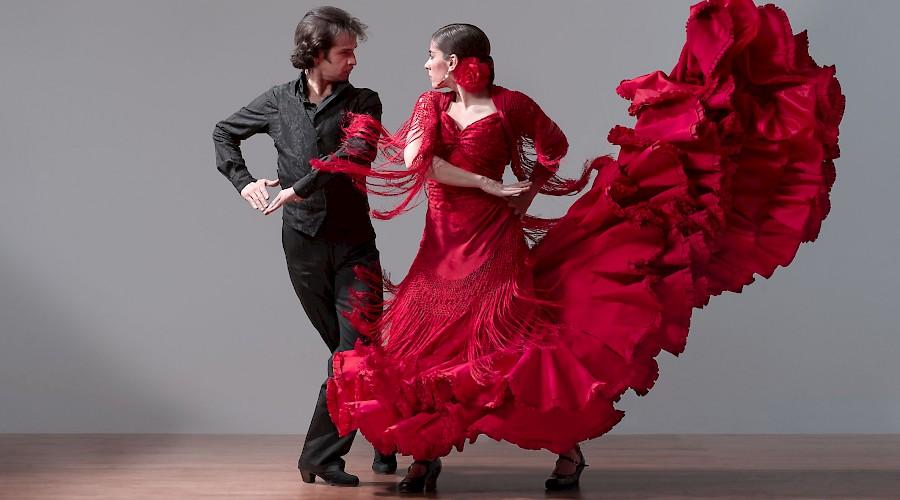SPAIN
About Spain
Spain is a storied country of stone castles, snowcapped mountains, vast monuments, and sophisticated cities, all of which have made it a favoured travel destination. The country is geographically and culturally diverse. Its heartland is the Meseta, a broad central plateau half a mile above sea level. Much of the region is traditionally given over to cattle ranching and grain production; it was in this rural setting that Miguel de Cervantes Don Quixote tilted at the tall windmills that still dot the landscape in several places. In the countrys northeast are the broad valley of the Ebro River, the mountainous region of Catalonia, and the hilly coastal plain of Valencia. To the northwest is the Cantabrian Mountains, a rugged range in which heavily forested, rain-swept valleys are interspersed with tall peaks. To the south is the citrus-orchard-rich and irrigated lands of the valley of the Guadalquivir River, celebrated in the renowned lyrics of Spanish poets Federico García Lorca and Antonio Machado; over this valley rises the snowcapped Sierra Nevada. The southern portion of the country is desert, an extension of the Sahara made familiar to Americans through the spaghetti western films of the 1960s and early 70s. Lined with palm trees, rosemary bushes, and other tropical vegetation, the southeastern Mediterranean coast and the Balearic Islands enjoy a gentle climate, drawing millions of visitors and retirees, especially from northern Europe.
Food
Paella Though Spain has many different rice dishes, paella is by far one of the most popular and traditional Spanish dishes. If youre looking for something a bit different, try the Arroz Negro (Spanish Squid Ink Rice). If youve never had squid ink, it might look strange to you, but we loved the flavors it added. Well definitely be ordering it from now on if we have the choice! More: 21 Remarkable Things to Do in Madrid Spain Paella is a dish you must try when visiting Spain. Here are the other 15 Spanish Foods You Must Try. 2. Jamon Iberico You will see giant legs of jamón serrano and jamón ibérico hanging in local tapas bars and shops. Spain is the wos number one producer of dry cured ham and is still made using century-old techniques. Jamon Iberico or Iberian ham is made from black Iberian pigs, while Serrano ham covers most other varieties. We would have loved to take some home, but unfortunately, its not legal to bring into the US. Our friend from Singapore got to take some home as a perfect souvenir to remember Spain. You can try to smuggle some back, or just dont forget to leave Spain without eating plenty! I know Im not about to get blacklisted. Spain is known for their Jamon / dry-cured ham using century-old techniques. It's a must eat when visiting Spain. Also see the other 15 Spanish foods you must try.Spain is known for their Jamon / dry-cured ham using century-old techniques. It's a must eat when visiting Spain. Also see the other 15 Spanish foods you must try. 3. Gazpacho This dish is served cold and made of ripe tomatoes, olive oil, garlic, bread, peppers, and cucumber. The ingredients are blended together until smooth and makes for a perfect dish in the summer. Gazpacho is a cold soup and a dish you must try when you visit Spain. + A guide on what to eat in Spain. 4. Tortilla Española This is the Spanish version of omelets and made of eggs, potatoes, and onions. After slow frying the potatoes and onions in olive oil, you beat the eggs to make a delicious dish. Like any omelet, you can add ingredients to your taste. Tortilla Espanola is a spanish omelette that you need to try when traveling to Spain. Also check out the other 15 Spanish dishes you must try in Spain. 5. Patatas Bravas This is one of the most common tapas youll find all over Spain, and each region has their own spin on it. Although the sauces may vary, they all consist of chunks of fried potato.
Culture
Traditionally, the family has been the basis of the social structure, including the nuclear and the extended family, which provide both social and financial support. Although it has become less common over the past few decades for extended family to share the same home, familial ties remain a very important aspect of Spanish society. The structure and size of a traditional Spanish family has changed over time. People are living longer and having less children.
